Nudis Galore! Tozeuma shrimp and leaf-like sponge
 January 22, 2013
January 22, 2013

It rained all day on Saturday and we wondered how the surface runoff would affect the water conditions at Pulau Hantu. When our boat pulled up along the reef, things looked good with the water a beautiful dark turquoise colour. The sky was overcast, there was no wind and the water was completely flat. “Like glass”, one of our volunteers commented. But the island had one prank up its sleeve – the waters were freezing cold! You think we’re exaggerating but when you’re used to diving in 29degC waters, 26-27decC is cold! Especially when you have to soak in it for an hour! (Above: Divers descend into the reefs of Pulau Hantu)
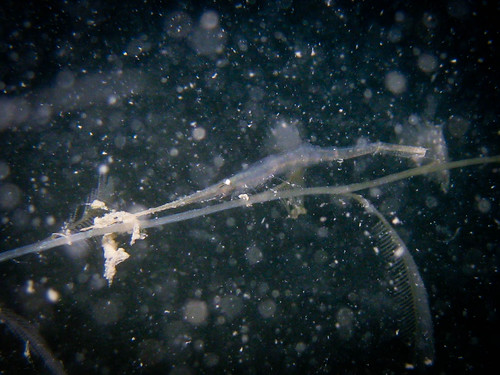
The surface visibility was much better than the visibility at depth. So when volunteer guide Jimmy Goh pointed out this Tozeuma shrimp on a giant hydriod (above) it took me awhile to figure out what I was looking for! This shrimp has a cousin that has bands all over its body and is usually found on whip corals or black corals.
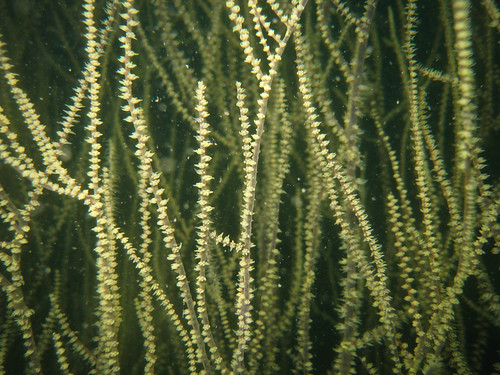
Speaking of black corals (Antipatharia) here’s a beautiful colony I encountered along the sea bed. These corals are usually found in the deep, but here at Pulau Hantu, we can find them in relatively shallow waters! These corals are heavily harvested throughout Asia for the making of jewelery. Unlike other corals that go white when they die, black corals have a black “skeleton” and go black when dead, so it looks like branches of a tree, but is more malleable than wood, making it a choice material for jewelery makers.
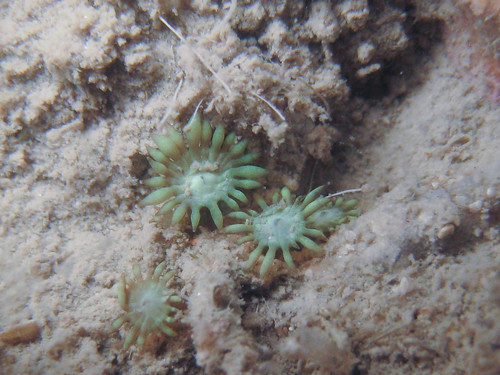
The beginning of a coral colony. (Above: Goniopora sp.)
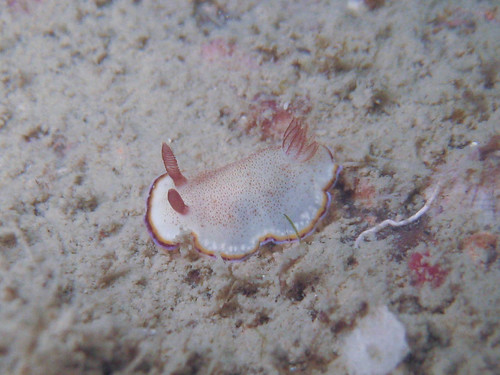
A tiny nudibranch (Chromodoris preciosa) spotted by Chay Hoon, the macro junkie!
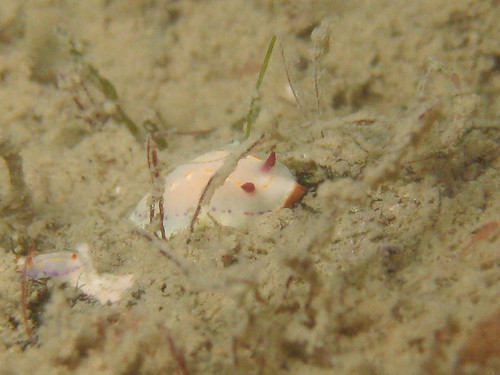
Only when I was reviewing the photographs did I realise that there are actually TWO little nudibranches (Thorunna sp.) in this photo – there’s another super tiny one on the left!
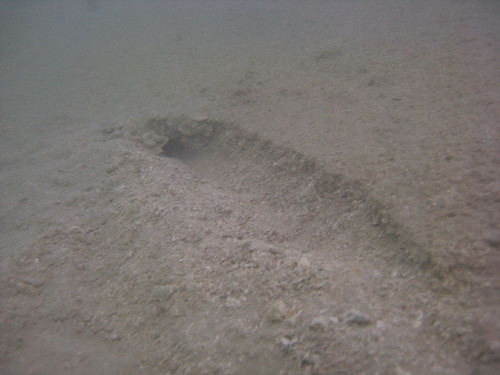
I saw the entrance to the burrow of this goby and thought, “damn that’s one long drive way”. I thought it was interesting that as the sediment deposits added up, instead of digging a burrow with a more vertical entrance, it carved out a bowl that led to its entrance.
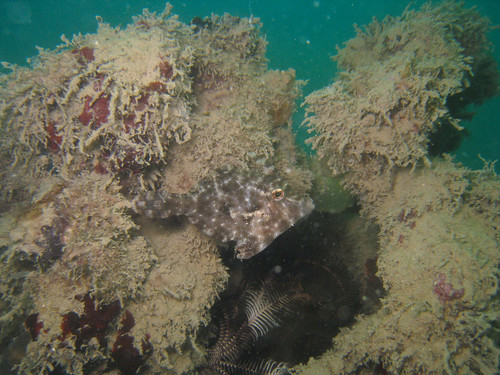
The filefish (Acreichthys tomentosum) today were very obliging.
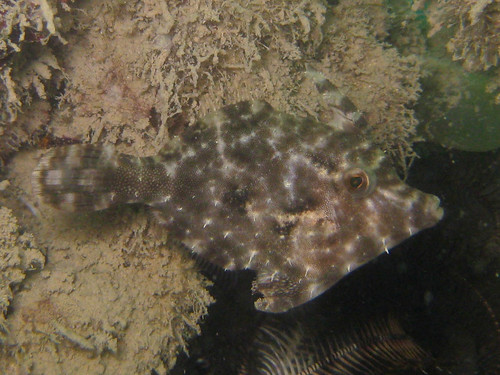
They stayed still as I got real close to get a detailed shot.
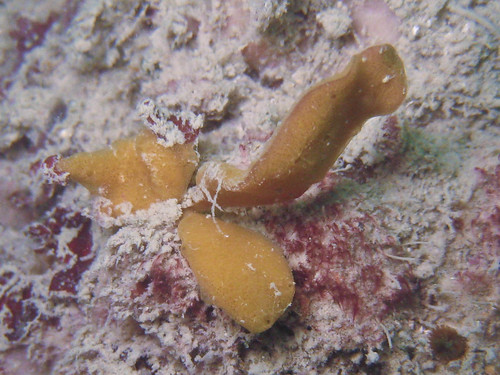
I came across this odd-looking sponge that looks like blades of autumn leaves.
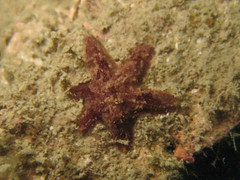
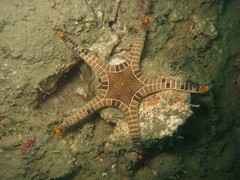
There were also lots of sea stars out today! It’s like someone dumped a sack of them into the sea! We don’t always see so many of them scattered all over the place like that.
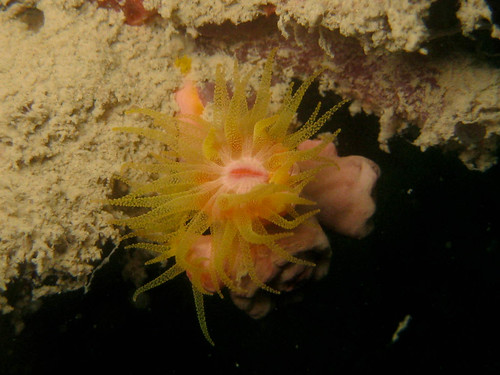
Cave corals always give me a sense of awe and magic. Some species have been found to have medicinal, anti-viral properties. If we lose corals before we get to explore them, we may also lose solutions to our own survival.
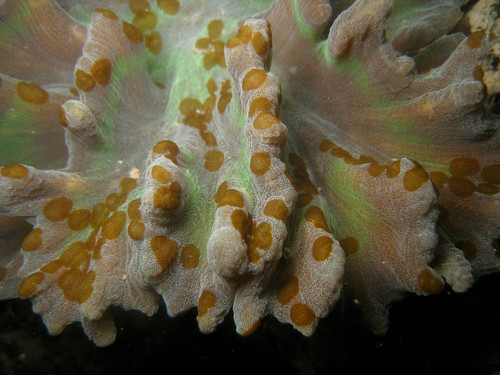
Acoel flatworms on Pectinia coral.
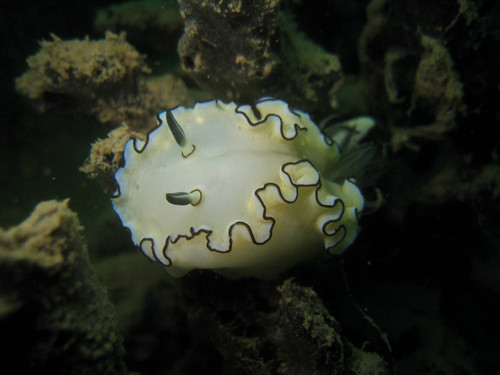
A big, fat, Glossodoris atromarginata. Maybe it just ate something.
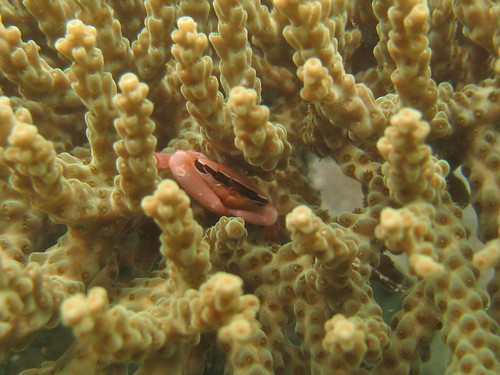
A fantastic Trapezia crab stands guard at its Acopora coral colony!
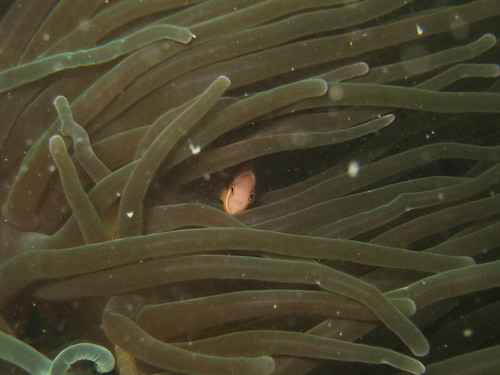
A young Tomato clown anemonefish peaks out from the safety of its host anemone.
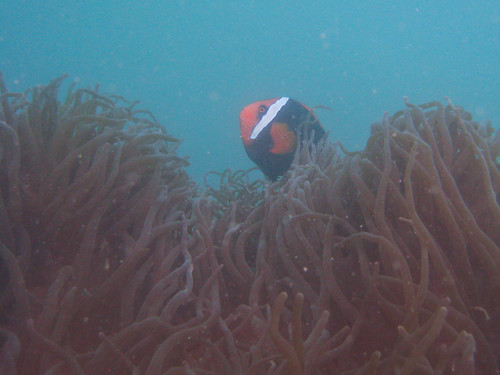
After spending too much time hovering above the anemone, the big resident female anemonefish came out to chase me away! She charged at me several times. I tried to react quickly to avoid her many sharp and tiny teeth. She managed to drive me out of my wits, and I gave up trying to get a photograph of a big female Peacock-tail anemone shrimp (Periclimenes brevicarpalis) that was also sharing the anemone.
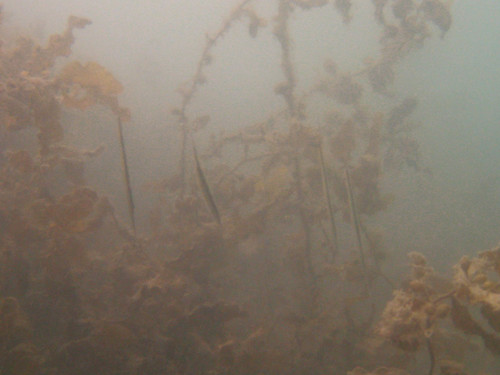
A small school of Razorfish move stealthily though the sargassum algae.
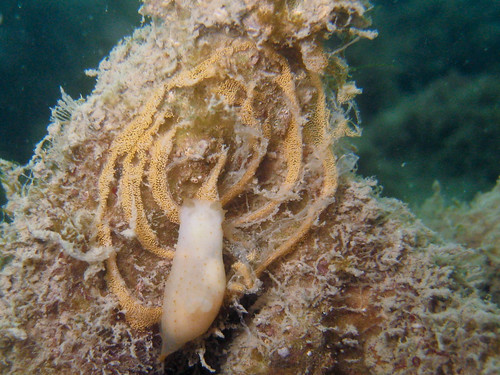
A nudibranch (Gymnodoris bicolor) with a ribbon of eggs. I’m not sure if it was eating the eggs or laying them.

A pair of Thorunna furtiva. The one on the left has its gills slightly retracted, while the one on the right has its gills out and relaxed.
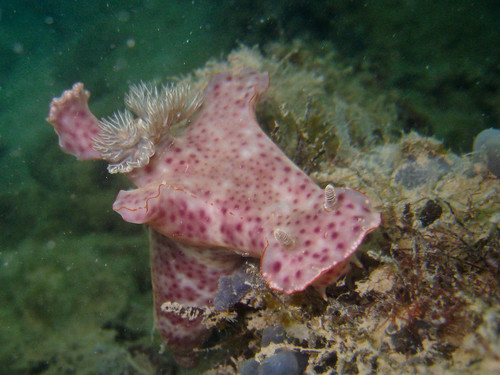
Just next to the pair of Thorunna was this ginormous Slender ceratosoma. It was so big I almost missed it!
For more pictures from this dive, visit the Hantu Blog Gallery!

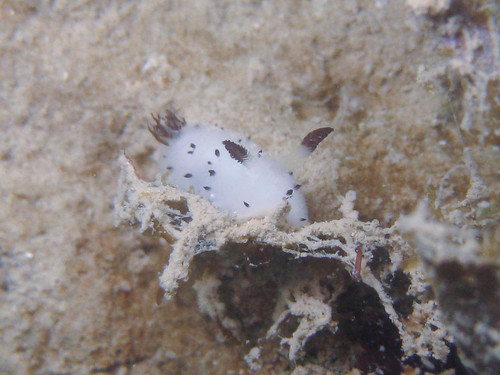
 Posted in
Posted in 



 content rss
content rss
COMMENTS